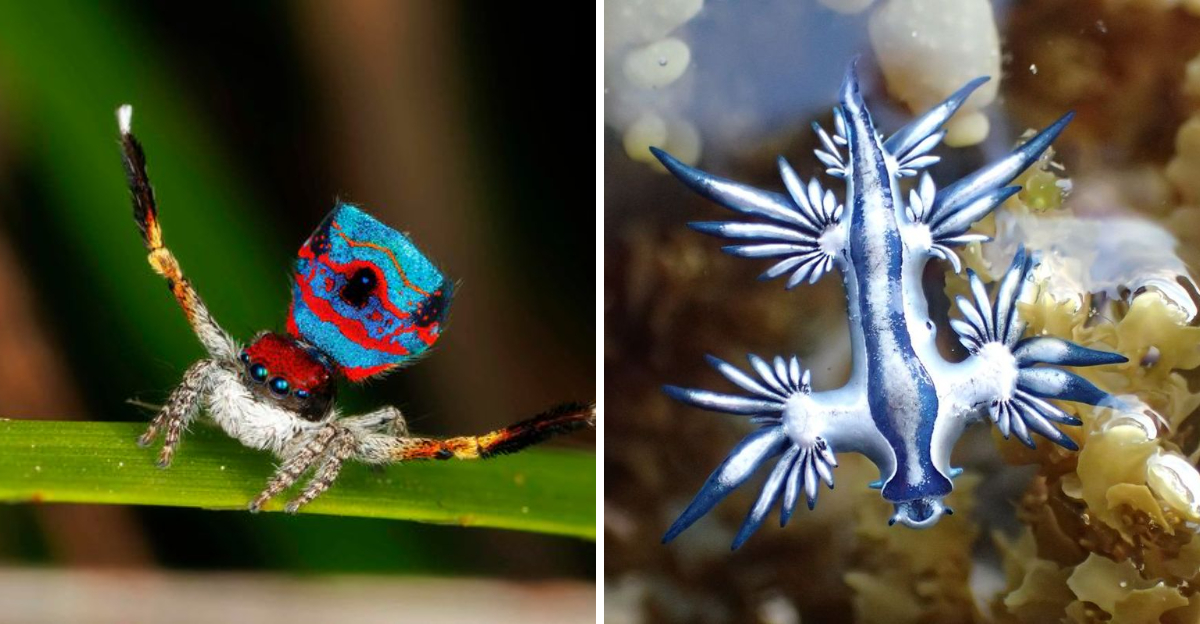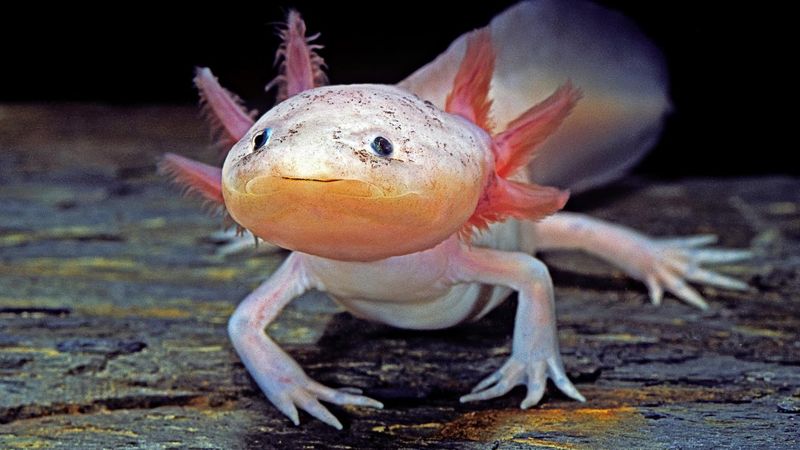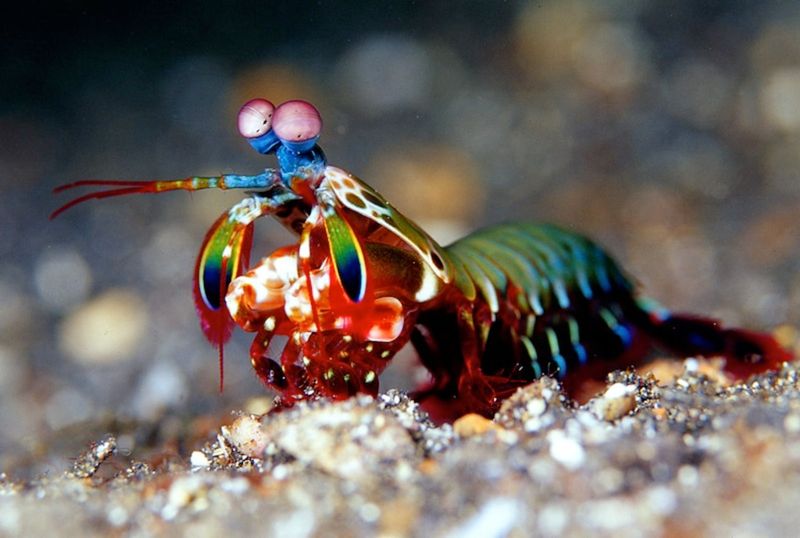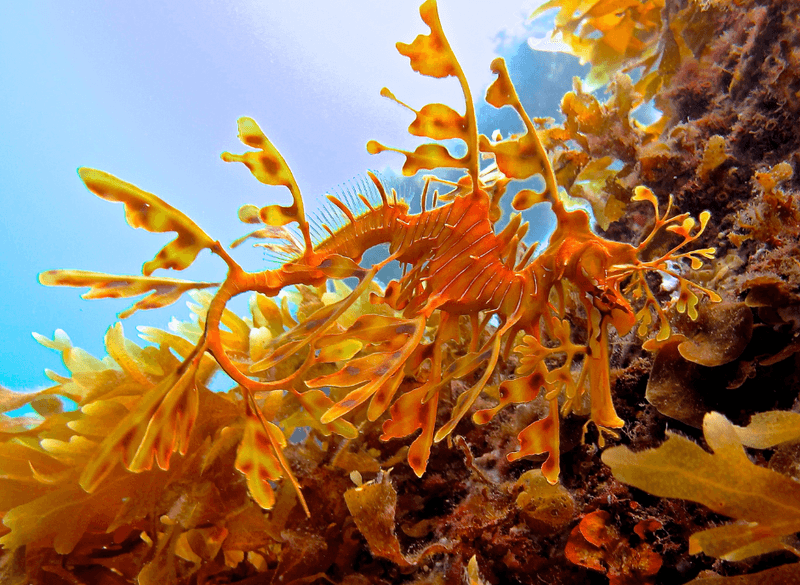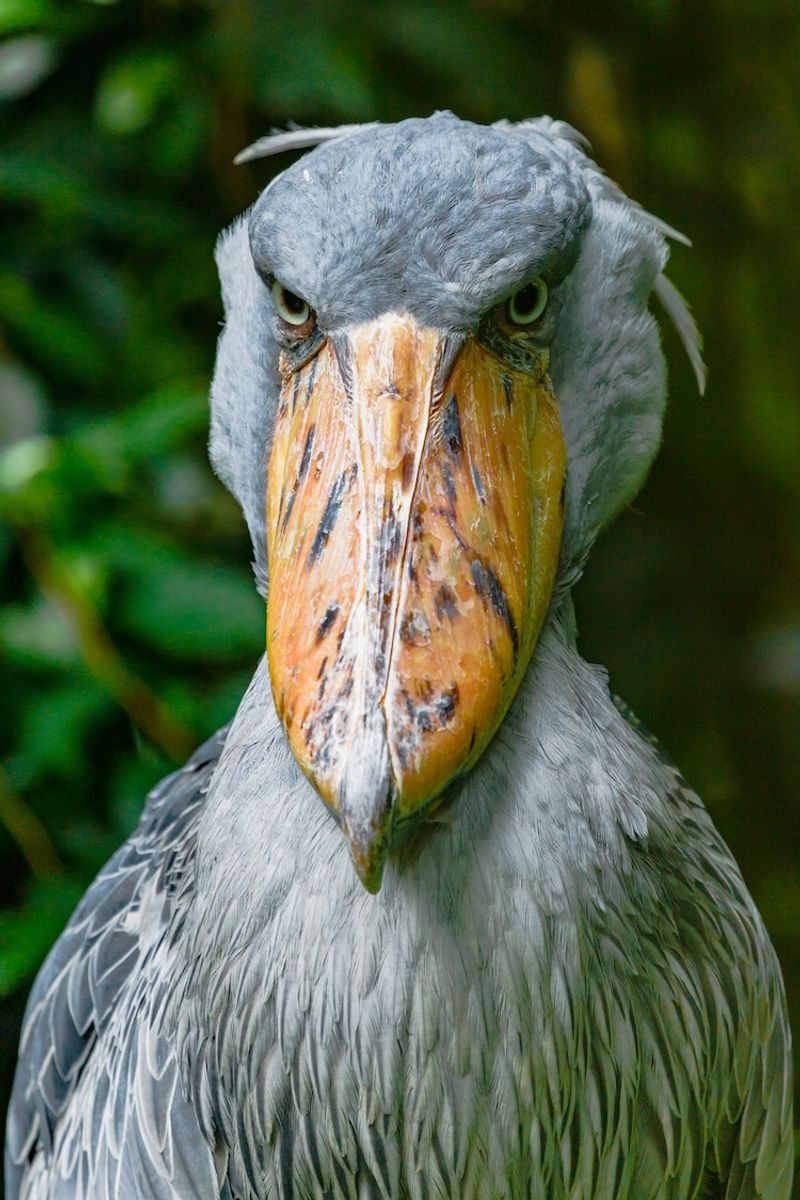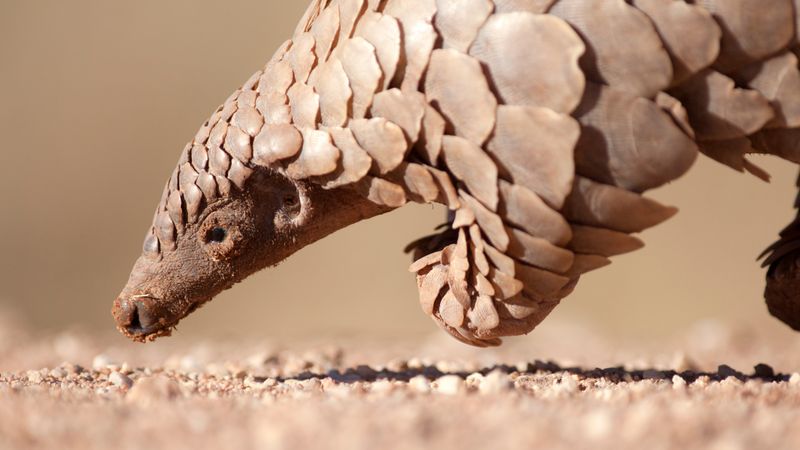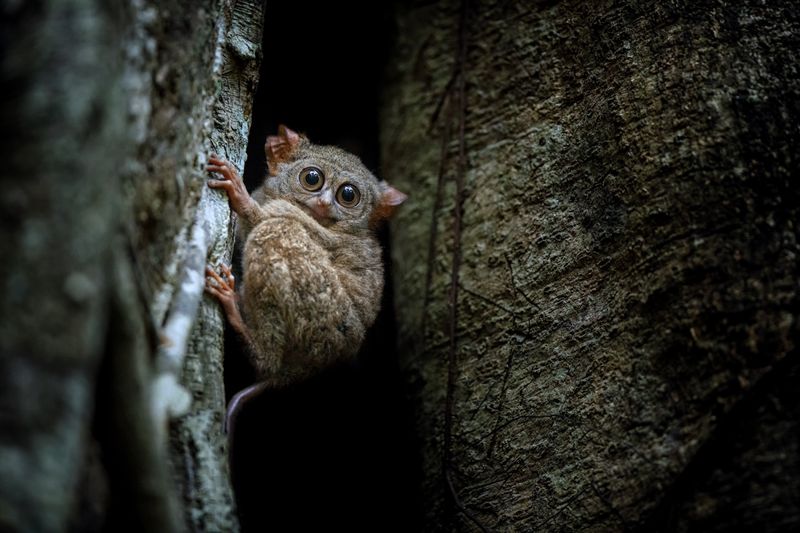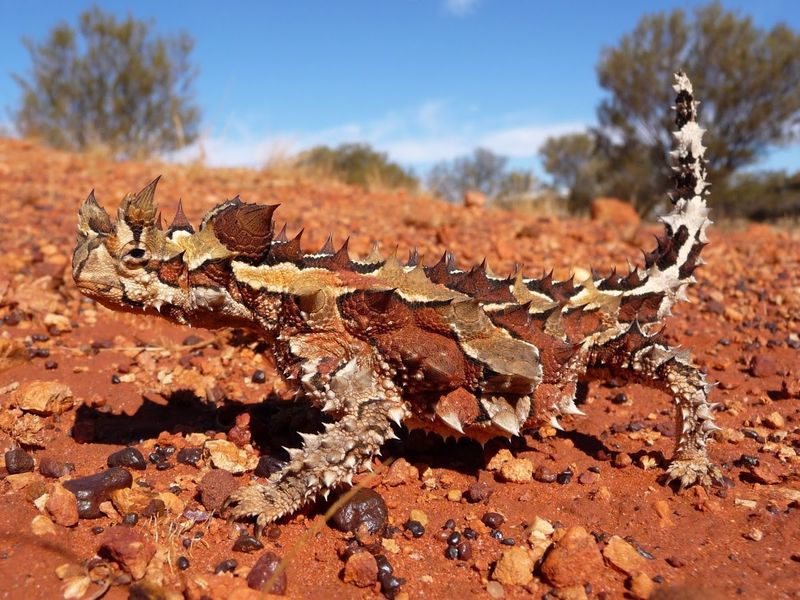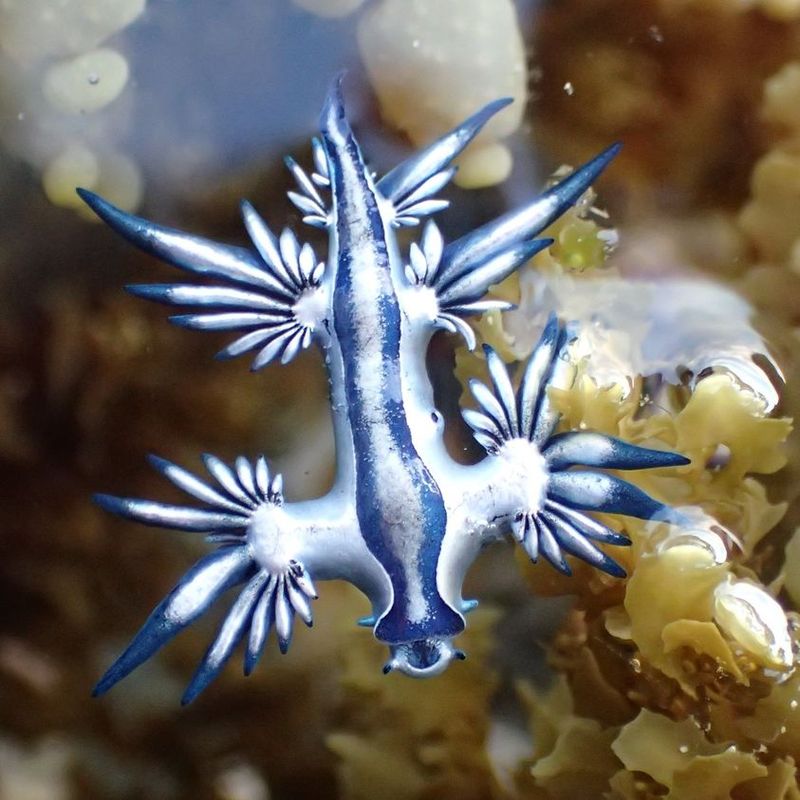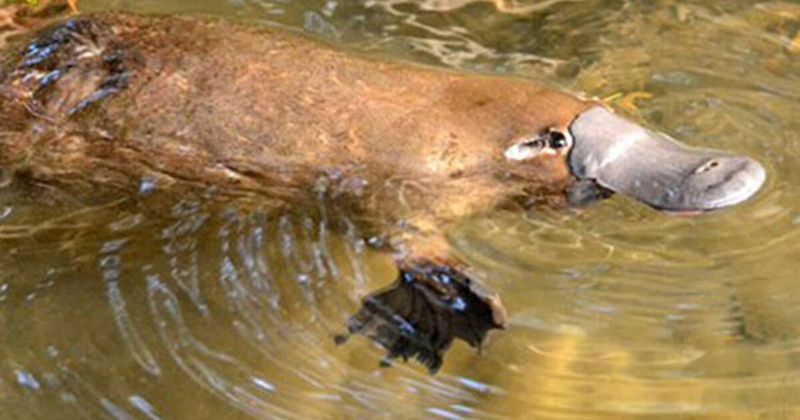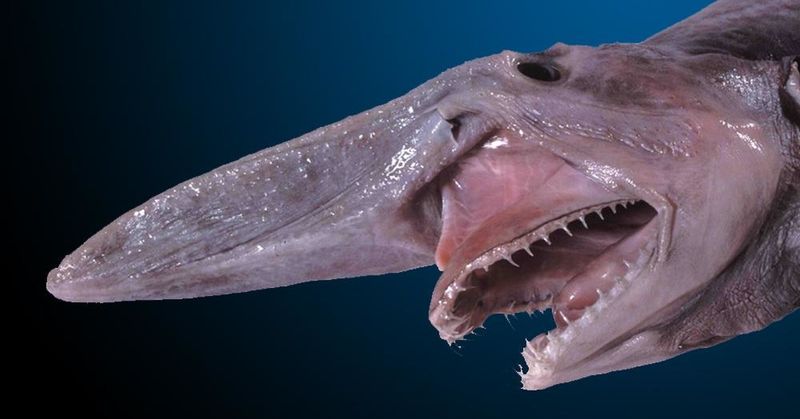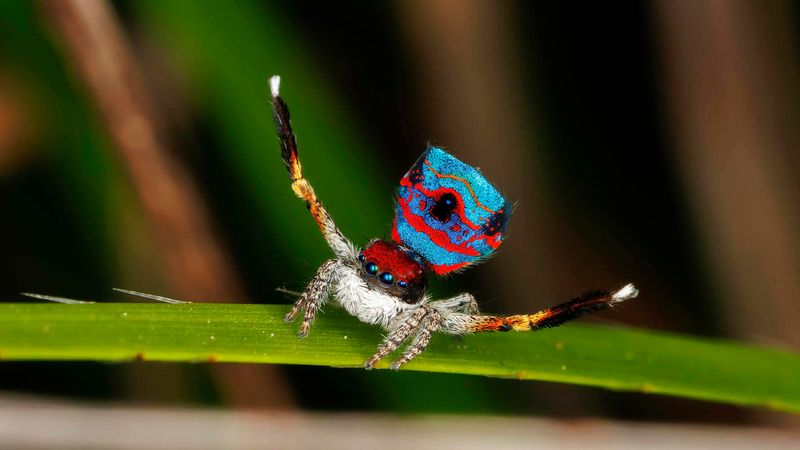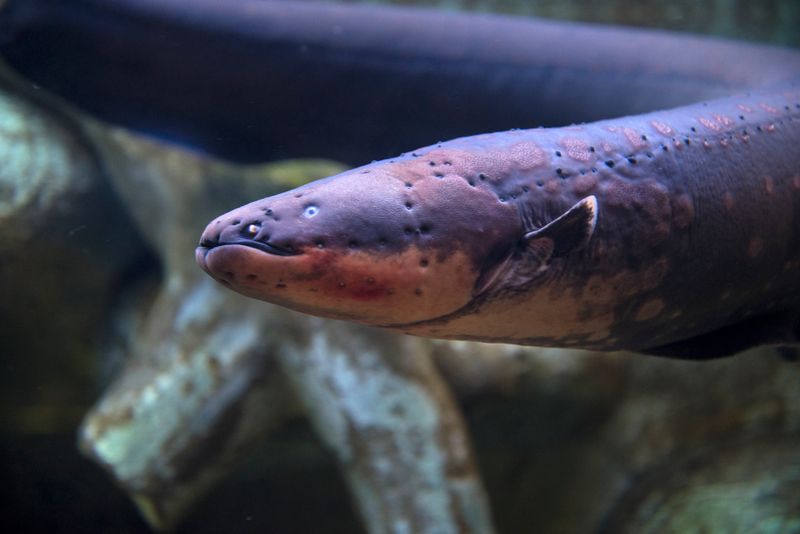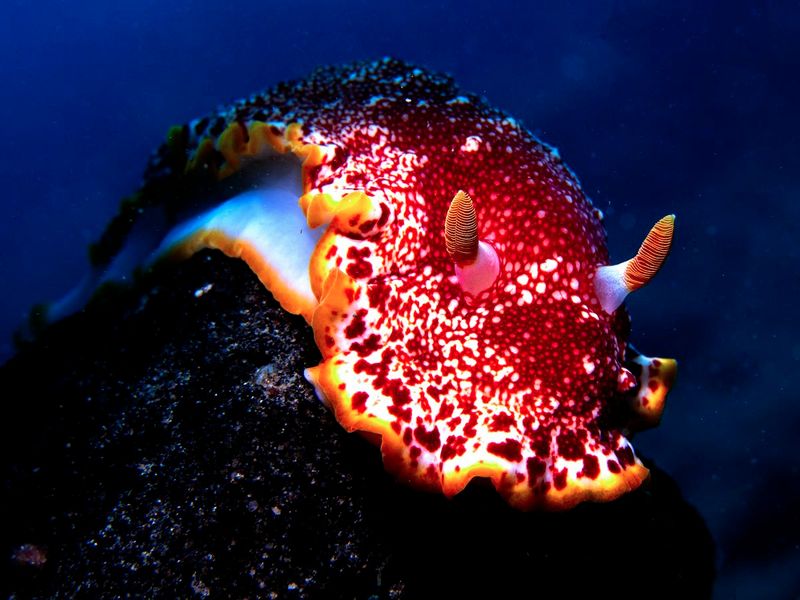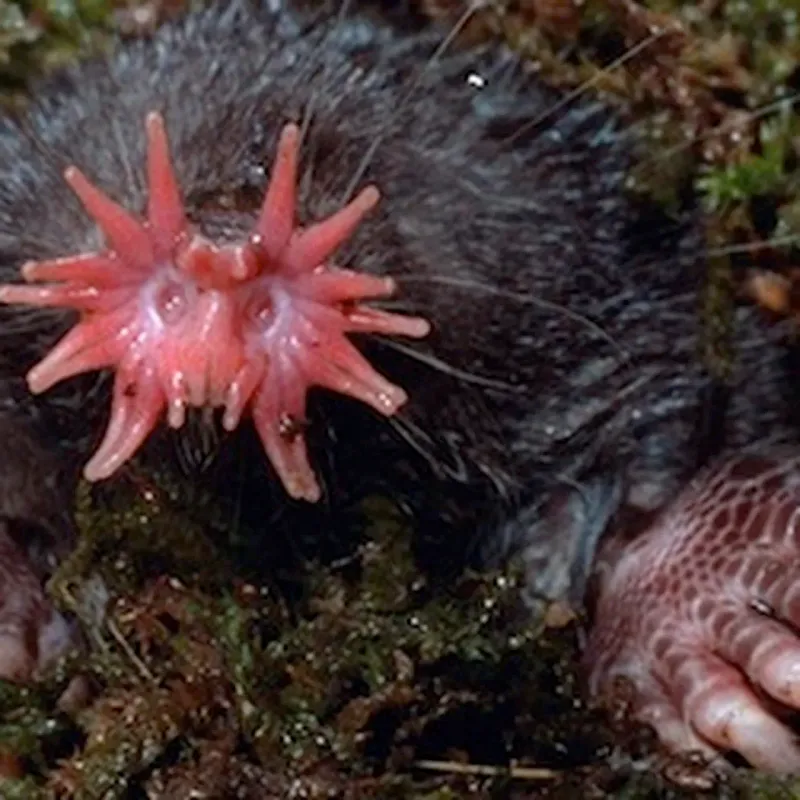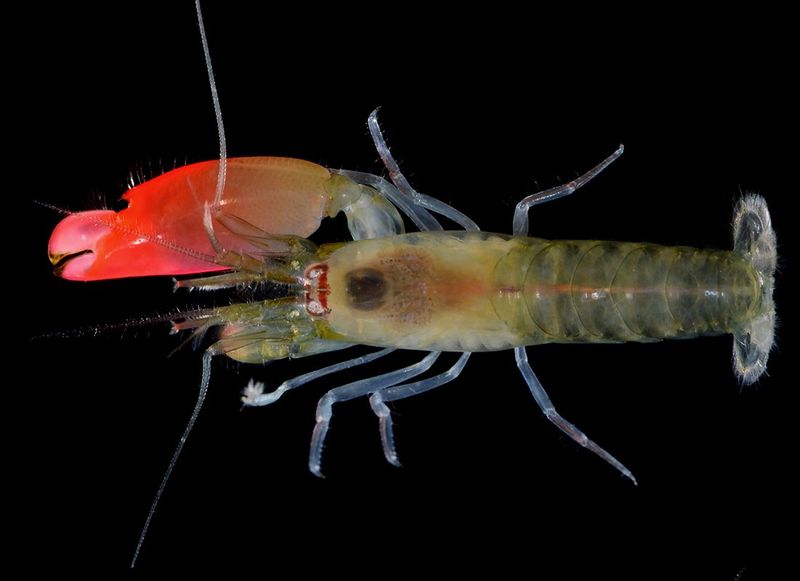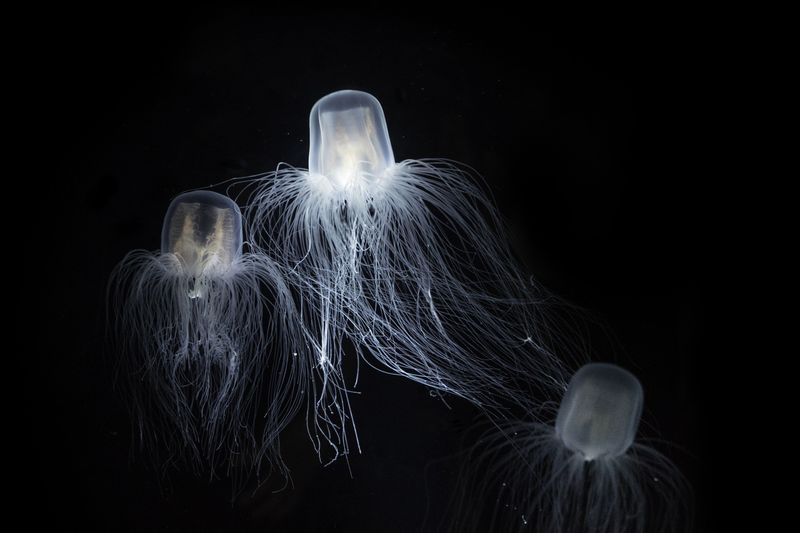The Pokémon universe is filled with imaginative, fantastical creatures—but nature may have beaten it to the punch. From glowing marine animals to creatures with built-in weapons, here are 17 real-world animals that seem like they stepped right out of a Poké Ball.
Axolotl
With its permanent smile and regenerative powers, the axolotl could easily pass as a Water-type or Fairy-type Pokémon. Found in the lakes of Mexico, this adorable creature can regrow limbs, making it a fascinating subject of study. Imagine its cheerful face greeting you every day! Axolotls are known for their unique ability to remain in their larval stage throughout life. This gives them a youthful appearance, adding to their charm. Their pink, smooth skin and feathery gills are otherworldly, much like something out of a fantasy realm. These creatures are not just cute but also vital to their ecosystem, playing a crucial role in aquatic environments. Search for “axolotl Pokémon inspiration” and dive into their magical world.
Mantis Shrimp
Equipped with lightning-fast punches and kaleidoscopic vision, this crustacean is a Water/Fighting-type in the making. The mantis shrimp’s punches are so powerful they create cavitation bubbles that can stun prey. Their vibrant colors are like nature’s own fireworks display! These underwater warriors have eyes capable of seeing polarized light, making them unique hunters in their reef habitats. Their dazzling exoskeletons shimmer in an array of colors, providing the perfect camouflage among corals. They’re not just fighters but also excellent architects, crafting burrows in the ocean floor. Curious about their vibrant world? Search for “mantis shrimp color punch” for a glimpse into this aquatic marvel.
Leafy Sea Dragon
This master of camouflage looks like floating seaweed, making it perfect for a Water/Grass-type Pokémon. Found off the coast of Australia, the leafy sea dragon’s delicate appendages resemble the sea plants it hides among. Its slow, graceful movements are mesmerizing. These creatures are the epitome of elegance in the marine world. Their leaf-like protrusions serve no locomotion purpose but are perfect for blending into their environment. As a relative of the seahorse, their nurturing nature is evident as males carry the eggs. Fascinated by their beauty? Look up “leafy sea dragon camouflage” to explore their mesmerizing world.
Shoebill Stork
With an intimidating stare and dinosaur-like appearance, this bird could be a Flying/Rock-type boss. Native to the marshes of Central Africa, the shoebill stork’s imposing presence is matched by its impressive hunting skills, often compared to a prehistoric creature. Their massive, shoe-shaped bills are perfect for catching fish, and their slow, deliberate movements are reminiscent of a stealthy predator. Despite their fierce appearance, these birds are often quiet and solitary. Intrigued by their dinosaur-like aura? Search for “shoebill stork dinosaur bird” to witness this prehistoric marvel in action.
Pangolin
Covered in armor-like scales and able to curl into a ball, the pangolin screams Ground/Steel-type. These unique mammals, found across Asia and Africa, are the only ones completely covered in scales, which serve as their protective shield. When threatened, they roll into a tight ball, using their scales as a defense mechanism against predators. Their long, sticky tongues are perfect for capturing ants and termites. Unfortunately, pangolins are heavily trafficked for their scales, making them vulnerable to extinction. Want to learn more about this armored wonder? Search for “pangolin scale armor” for an insight into their world.
Tarsier
Its massive eyes and nocturnal agility could inspire a Ghost/Psychic-type Pokémon. Found in the forests of Southeast Asia, tarsiers are tiny primates known for their incredible eye size relative to their body. These nocturnal creatures are highly agile, leaping great distances to catch their insect prey. Their haunting eyes seem to glow in the moonlight, adding an eerie charm. Tarsiers communicate with high-pitched sounds, almost imperceptible to human ears. Curious about their mystique? Search “tarsier large eyes night” for an encounter with this ghostly primate.
Thorny Devil
This desert lizard is covered in spikes and collects water with its skin—clearly a Ground-type with Defense buffs. The thorny devil, native to Australia, uses its spiky appearance as both camouflage and defense. Its unique ability to channel water along its body to its mouth is a remarkable adaptation to its arid environment. Despite its fearsome look, the thorny devil is harmless, feeding mainly on ants. Want to see this armored lizard in its natural habitat? Search “thorny devil water collection” to explore how nature equips creatures for survival.
Blue Dragon (Glaucus atlanticus)
Floating on the ocean and absorbing poison from its prey, this sea slug would make a killer Water/Poison-type. Known as the blue dragon, this creature’s stunning blue coloration is both a warning and camouflage. It preys on venomous jellyfish, storing their toxins to use against predators. Its striking form and colors mimic the open ocean’s vastness. This sea slug’s ability to harness the power of its prey is both fascinating and fearsome. Intrigued by its vibrant defense mechanism? Search “blue dragon sea slug poison” to uncover this ocean drifter’s secrets.
Platypus
With a duck bill, beaver tail, and venomous spurs, the platypus is already a mash-up—easily a Water/Electric-type. Native to Australia, this monotreme’s unique combination of features is unlike any other mammal. Males have venomous spurs on their hind legs, a trait rare among mammals, used for defense. Their ability to detect electric fields in water helps them hunt. Platypuses are mainly nocturnal, using their webbed feet for efficient swimming. Want to dive deeper into this evolutionary marvel? Search “platypus electric water mammal” for a closer look at this peculiar creature.
Goblin Shark
With extendable jaws and a prehistoric look, this creature could inspire a Water/Dark-type. The goblin shark’s eerie appearance is accentuated by its long, flat snout and translucent skin. Residing in the deep sea, its jaws can protrude to catch prey, a feature that makes it both fascinating and terrifying. Its pinkish hue adds to its ghostly presence. This elusive shark is rarely seen by humans, adding to its mysterious reputation. Intrigued by its otherworldly look? Search “goblin shark extendable jaws” for a deep dive into this enigmatic predator.
Saiga Antelope
That oddly shaped nose gives off mystical vibes—could be a Normal/Psychic-type with evasion skills. The saiga antelope, found in Eurasian steppes, is known for its distinctive, bulbous nose, which helps filter dust and regulate body temperature. This unique adaptation allows it to thrive in harsh environments, where few animals can survive. Its graceful, swift movements make it an expert at evading predators. Sadly, saiga populations have been declining, making conservation efforts crucial. Fascinated by their odd charm? Search “saiga antelope mystical nose” for a glimpse into the life of this extraordinary creature.
Peacock Spider
Tiny but full of color and charisma, this arachnid performs dances to attract mates—clearly a Bug/Fairy-type. The peacock spider, found in Australia, dazzles with its vibrant colors and elaborate courtship displays. Males raise their brightly colored abdomens and wave them to captivate potential mates, a dance of pure spectacle. Despite their small size, these spiders are bold performers, with each species showcasing unique patterns. Want to see their dazzling displays? Search “peacock spider dance colors” to witness these tiny dancers in action.
Electric Eel
No surprises here—it literally generates electricity. Definitely an Electric/Water-type. The electric eel, native to the Amazon basin, uses electric shocks to stun prey and defend itself from predators. These powerful pulses can be felt through the water, making this eel a formidable hunter. Its elongated, slender body allows for swift movements in murky waters. Though called an eel, it’s more closely related to catfish. Curious about its electric prowess? Search “electric eel generate electricity” to explore how this fascinating creature lights up its world.
Nudibranch
These vibrant sea slugs are nature’s neon artwork—ideal for a Poison/Fairy-type with defensive abilities. Nudibranchs, found in oceans worldwide, are renowned for their dazzling array of colors and intricate patterns. Their bright hues serve as a warning to predators about their toxicity, a brilliant use of aposematic coloration. Each species boasts unique designs, some resembling underwater jewels. Their soft bodies and eye-catching colors make them a favorite subject for underwater photographers. Want to explore their vivid world? Search “nudibranch neon sea slug” for a splash of underwater artistry.
Star-Nosed Mole
Its bizarre snout looks like a radar system, giving off serious Ground/Psychic-type energy. The star-nosed mole, native to North American wetlands, is known for its unusual, star-shaped nose, which serves as a powerful sensory organ. This mole is a proficient digger, using its unique nose to detect prey with incredible speed and accuracy. Its small, burrowing body is perfectly adapted to its subterranean lifestyle. Their peculiar appearance and remarkable sensory abilities make them a subject of curiosity. Interested in their world? Search “star-nosed mole sensory nose” to uncover the mysteries of this underground inhabitant.
Pistol Shrimp
Its sonic claw creates shockwaves—easily a Water/Sound-type if that existed. The pistol shrimp, found in tropical waters, is famous for its ability to stun prey with sound. By snapping its claw shut at lightning speed, it produces a shockwave that can disorient or kill small fish and invertebrates. This incredible adaptation makes it a formidable hunter among the coral reefs. Their vibrant colors and explosive hunting style have fascinated scientists and nature enthusiasts alike. Want to see its sonic strike? Search “pistol shrimp sonic claw underwater” for a fascinating look at this marine marvel.
Immortal Jellyfish
With its ability to reverse aging, this creature would be a legendary Water/Ghost-type Pokémon. The immortal jellyfish, found in oceans worldwide, captures the imagination with its unique life cycle. When faced with environmental stress or injury, it can revert to its juvenile form, effectively bypassing death. This regeneration process is rare and has sparked interest in biological immortality. Their translucent bodies and gentle glow add to their ethereal presence in the deep sea. Curious about this living paradox? Search “immortal jellyfish reverse aging” for insights into this fascinating phenomenon.
